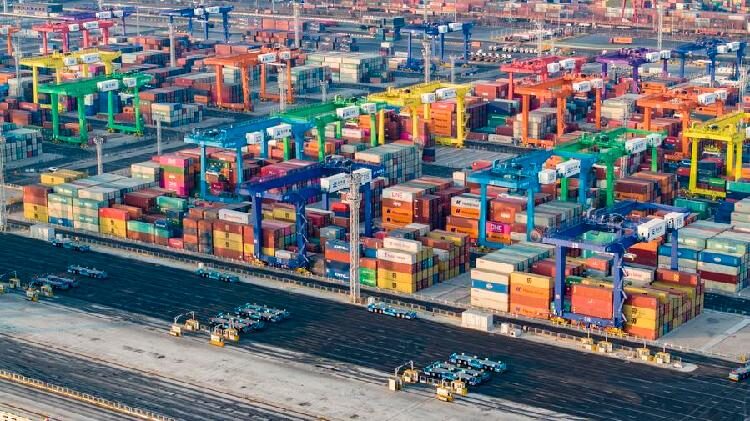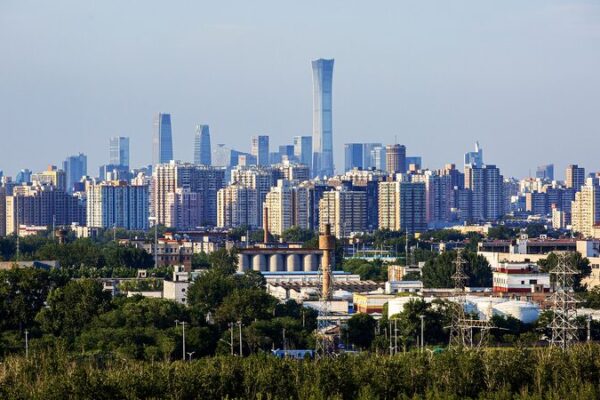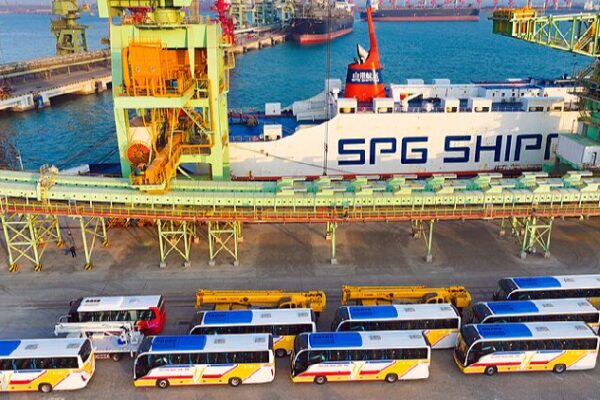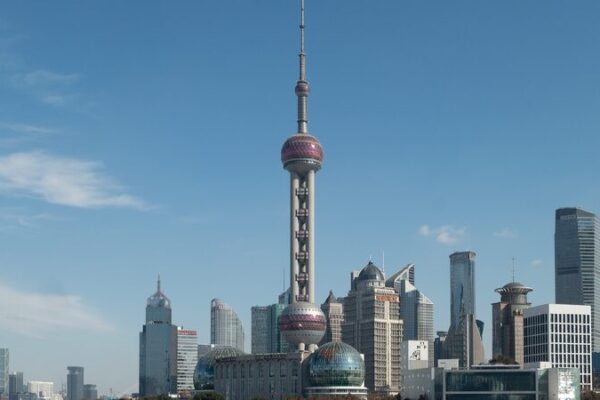China’s economy is showing impressive strength as it heads into 2025, demonstrating resilience and adaptability despite global challenges. Achieving a 5 percent GDP growth rate in 2024, the world’s second-largest economy has not only met government targets but also exceeded market expectations, boosting confidence in its long-term economic trajectory.
The fourth quarter of 2024 was particularly noteworthy, with a 5.4 percent year-on-year growth—the fastest pace since mid-2023. This surge was fueled by targeted fiscal and monetary policies aimed at stimulating domestic consumption, supporting industrial production, and stabilizing key sectors.
Industrial production saw a remarkable 6.2 percent rise in December, driven by a revival in manufacturing and infrastructure development. Retail sales, a crucial indicator of consumer confidence, climbed 3.5 percent for the year, reflecting a gradual recovery in household spending. These figures highlight the effectiveness of government policies balancing short-term needs with long-term goals.
The export sector also played a vital role in China’s economic success. Anticipating possible policy shifts globally, exporters front-loaded shipments, ensuring robust trade performance despite uncertainties. The manufacturing sector grew by 5.8 percent, showcasing the resilience of supply chains and the adaptability of Chinese firms to changing global dynamics.
Looking Ahead to 2025
As 2025 approaches, China is poised to focus on several key areas to sustain its growth momentum. Stabilizing the property market is a top priority, with measures expected to boost market confidence, such as easing financing conditions for developers and providing incentives for homebuyers.
Boosting domestic consumption will also take center stage. The government may introduce policies like tax cuts and subsidies to encourage spending. Improving social safety nets, including healthcare, education, and pension reforms, will be essential in reducing precautionary savings and unlocking the full potential of the vast consumer market.
On the global front, China aims to deepen economic ties with emerging markets, especially in the Global South, and strengthen partnerships with key economies. Diversifying trade relationships and reducing dependency on traditional markets will help safeguard the stability of its export sector.
Investments in technology and innovation remain a cornerstone of national policy. Focusing on sectors like semiconductors, artificial intelligence, and renewable energy will position China as a global leader in innovation and reduce vulnerabilities to external shocks.
Structural Reforms and Policy Measures
Structural reforms targeting inefficiencies and fostering sustainability are on the agenda. Encouraging private sector participation and attracting foreign investment in high-tech and green energy sectors will drive transformation. Restoring confidence among private enterprises is critical, as they are key engines of job creation and economic dynamism.
Fiscal and monetary policies will shape China’s economic trajectory in 2025. Increased fiscal spending is anticipated to fund infrastructure projects and social welfare programs. Maintaining ample liquidity in the financial system will support businesses and ensure stable credit flows.
China’s Global Role
Navigating an increasingly complex international environment, China has the opportunity to enhance its global leadership by addressing shared challenges like climate change, public health, and supply chain resilience. By committing to openness in economic policymaking, China aims to strengthen international trust and foster deeper collaboration.
China’s strong economic momentum as it enters 2025 signals a promising future. With strategic focus on innovation, sustainable development, and global partnerships, the country is set to reinforce its position as a powerhouse in the global economy.
Reference(s):
Strong economic momentum drives China's path forward in 2025
cgtn.com








